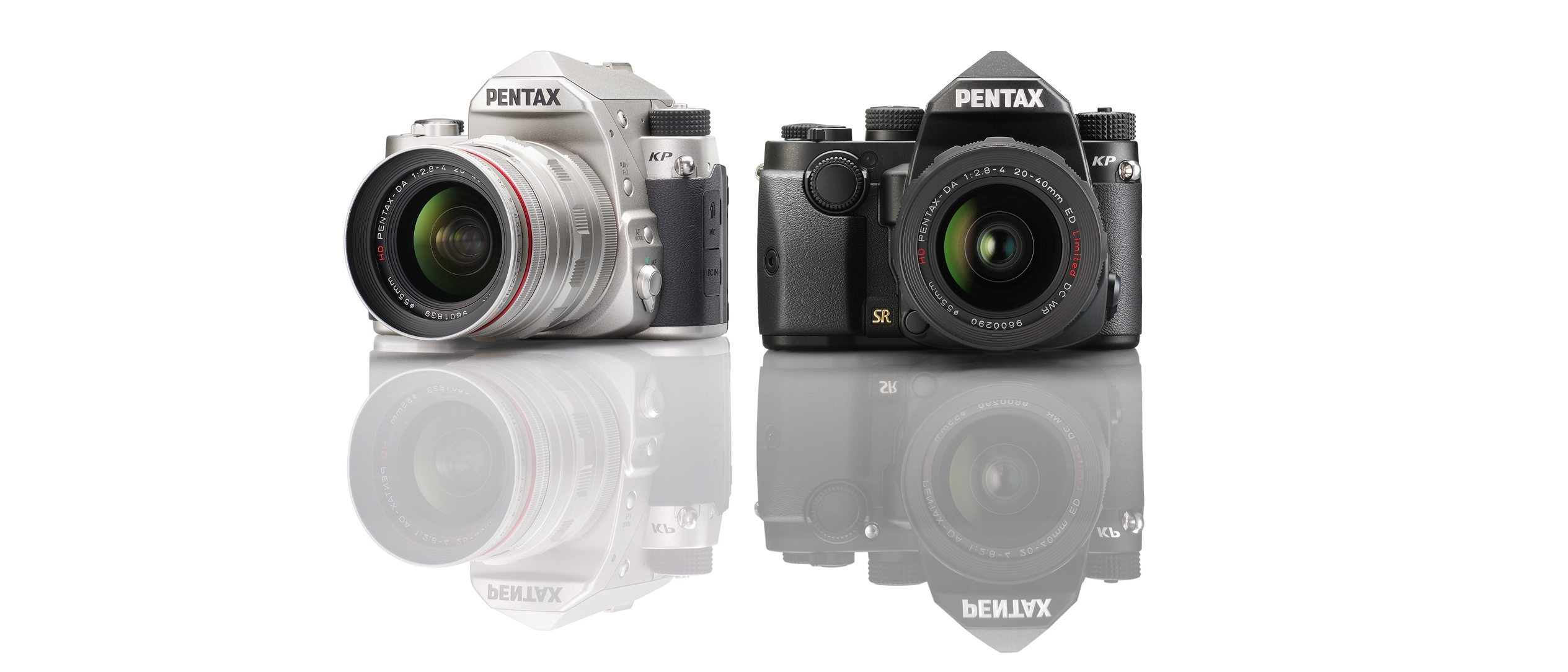Why you can trust TechRadar
Verdict
Viewed in isolation, the Pentax KP is certainly a fine camera with much to recommend it. Its body is surprisingly small, but it provides a good level of physical control with a great level of customization. It’s prompt in operation and has a capable AF system when shooting static subjects, and packs masses of clever tricks to suit a range of situations and shooting styles.
Crucially, image quality from the KP is sound, with balanced metering, low noise levels and gorgeous colors straight out of the camera. It pays to get acquainted with its various image-processing options, as these can make a significant difference to the standard of its images, from its lens corrections and Pixel Shift Resolution mode to its post-capture, raw processing options.
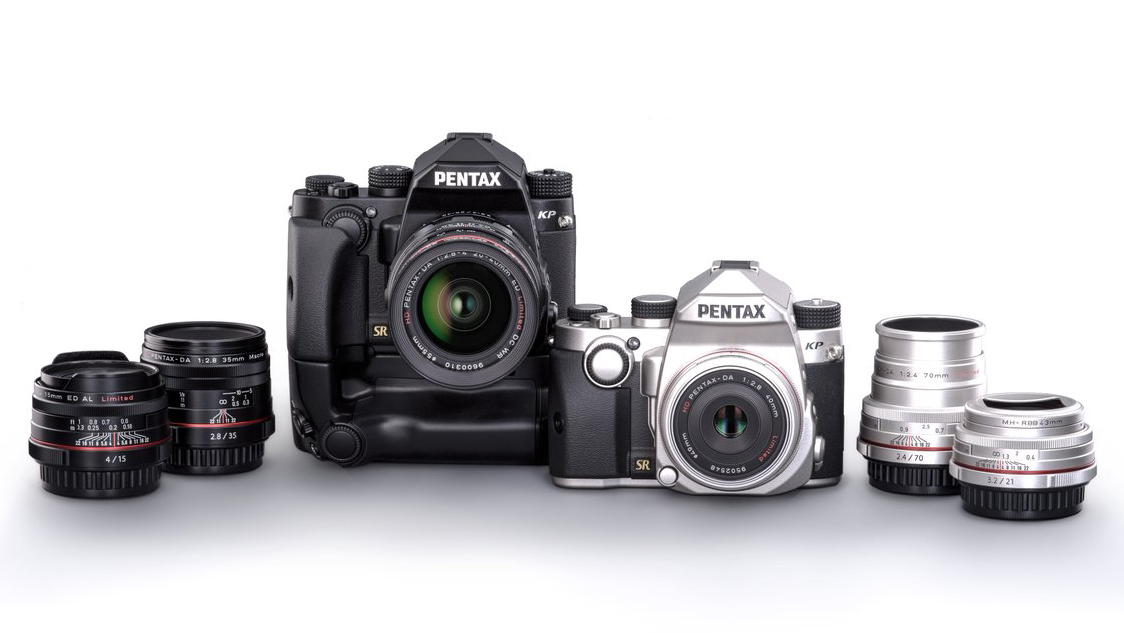
So what could deter prospective buyers? Perhaps the main issue is price. Although the Pentax KP offers a number of advantages over the K-70, there aren't enough to warrant double the asking price. For that kind of money we should expect it to offer a more compelling core feature set, with a more advanced AF system, a better LCD screen and a deeper burst depth for starters.
It’s likely that many users won't mind the camera’s poor video quality, unreliable continuous AF performance, the lack of touchscreen operation or a single card slot, but when you look at what’s being offered for far less money elsewhere it’s difficult not to feel short-changed.
Competition
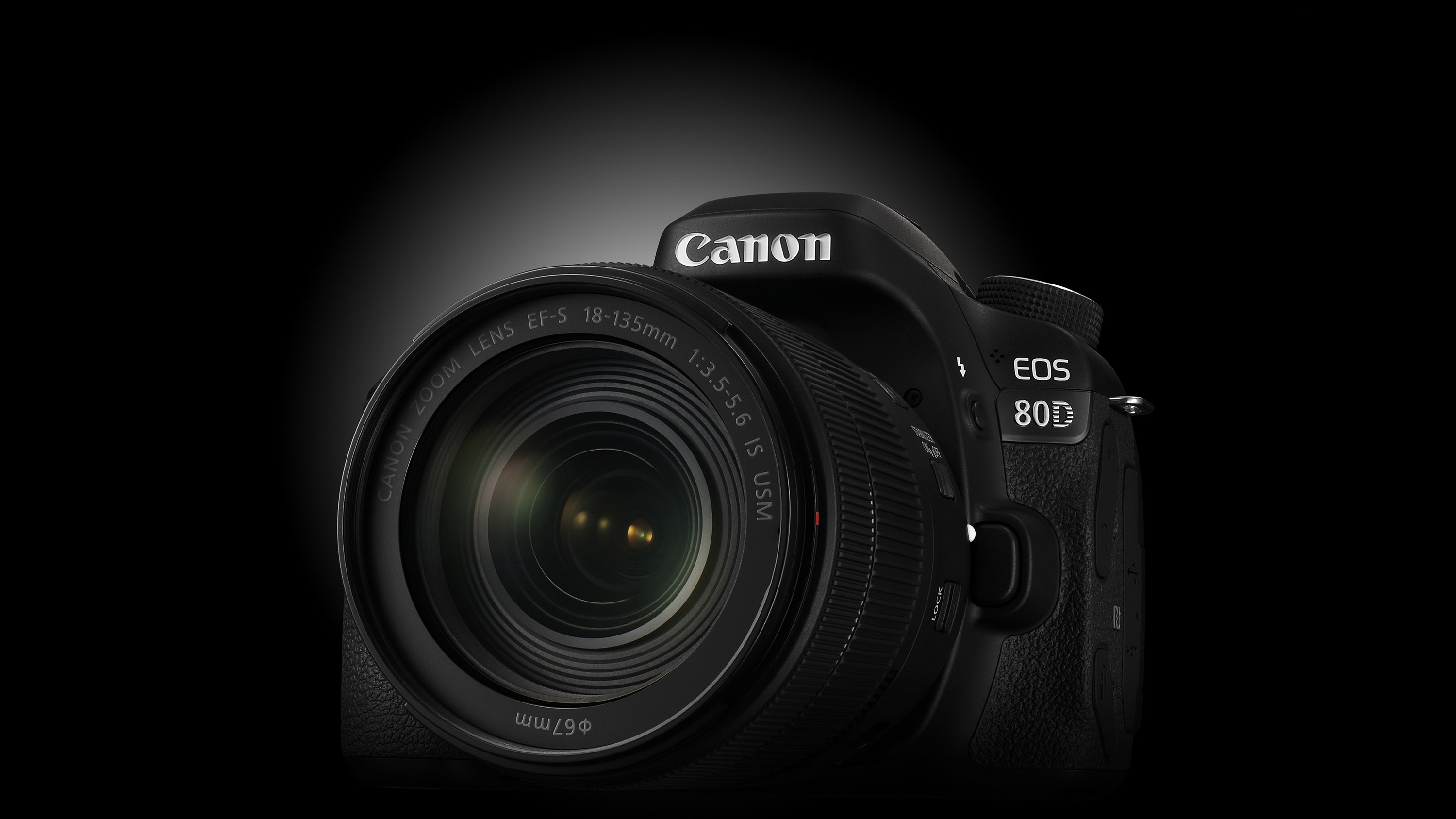
Canon EOS 80D
With its 24MP APS-C sensor, weather-resistant body, 7fps burst mode and Wi-Fi, the EOS 80D certainly appears to equal the Pentax KP in a number of key areas. Unsurprisingly its ISO range doesn't stretch anywhere near as high, topping out at an extended setting equivalent to ISO25,600, and you have to use an image-stabilized lens to benefit from the technology, rather than having it built into the body as on the KP. Yet it provides a handful of advantages elsewhere, from its 45-point all-cross-type AF system and excellent Dual Pixel CMOS AF technology to a touch-sensitive LCD that can be adjusted to a greater range of positions thanks to its side hinge.
Read the full review: Canon EOS 80D
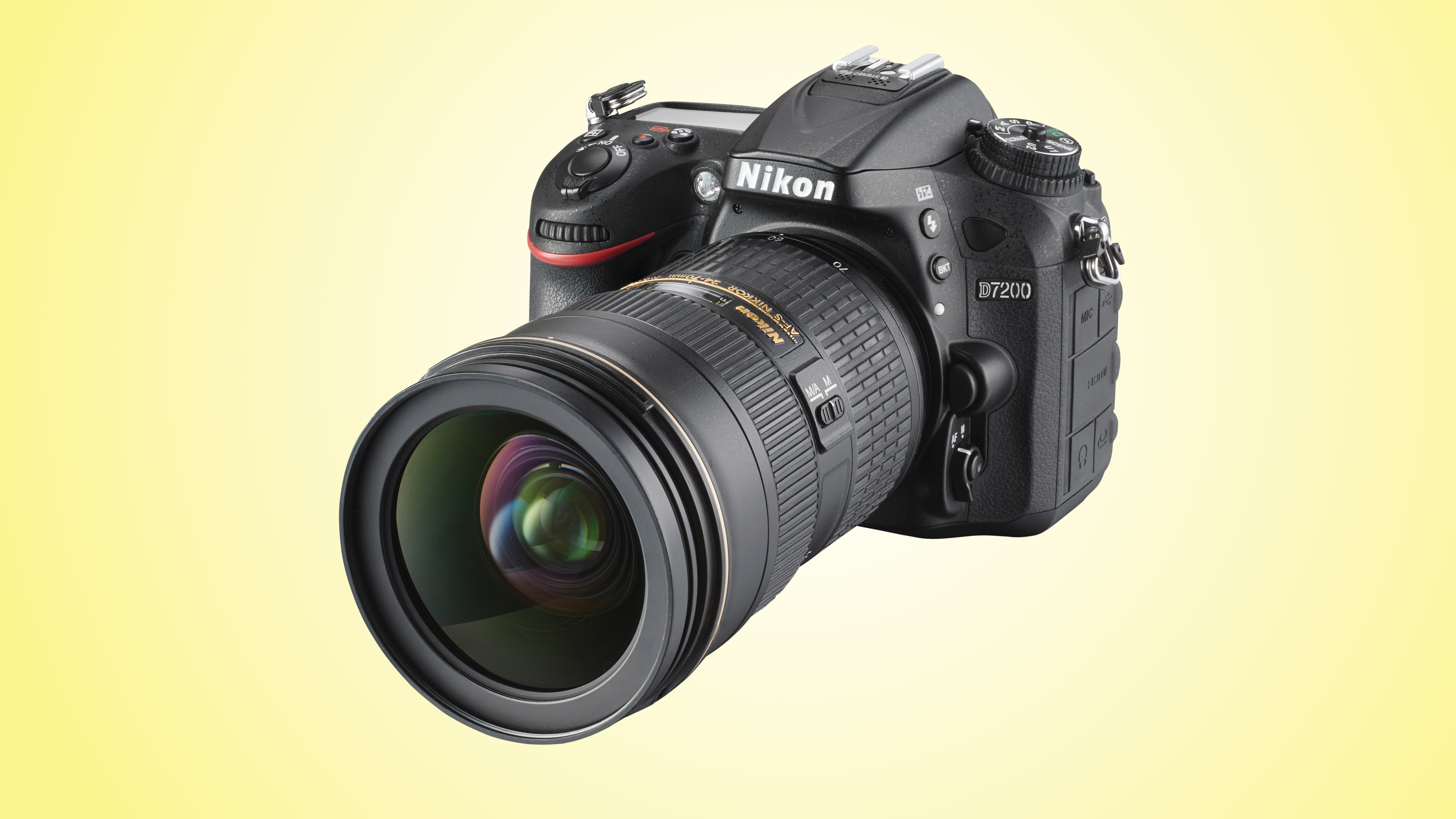
Nikon D7200
The D7200 is perhaps Nikon’s closest competitor to the Pentax KP. It also offers a 24MP sensor without a low-pass filter, and a body that makes use of magnesium alloy for solidity, with Full HD video recording and built-in Wi-Fi. While it can’t quite beat the KP for burst rate, it does at least offer a more saturated and wider-reaching 51-point AF system, together with a larger, higher-resolution (albeit fixed) LCD screen and an additional card slot. Its age gives it a significant price advantage, too.
Read the full review: Nikon D7200
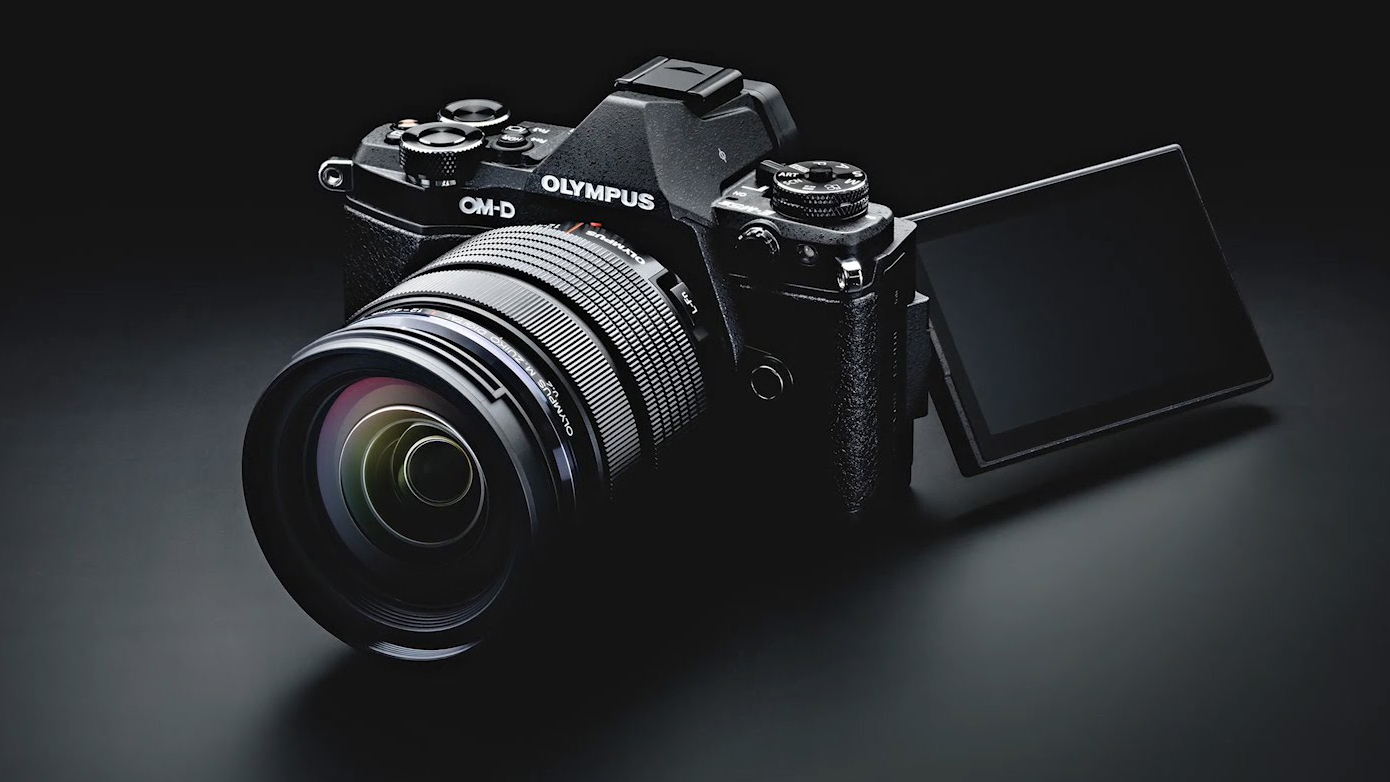
Olympus OM-D E-M5 Mark II
With the newer OM-D E-M1 Mark II priced well above the Pentax KP, a more logical competitor is the next model down, the OM-D E-M5 Mark II. This has a smaller 16MP Micro Four Thirds sensor, and its flash is not built into its body, instead being an external unit that comes with the camera as standard, but otherwise it does very well. It matches the KP with a weather-resistant body and built-in five-axis image stabilization system, and has a faster 10fps burst mode. It also has the advantage of a touchscreen, while the 2.36-million dot OLED viewfinder potentially makes it easier to use for low-light shooting.
Read the full review: Olympus OM-D E-M5 Mark II
